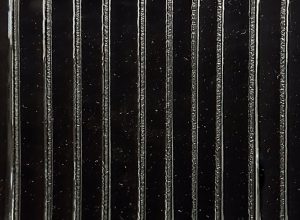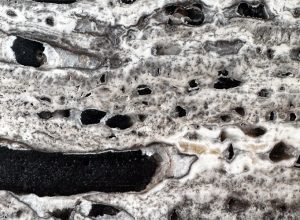Lavoro, relax, quotidianità. Il divano è passato da semplice complemento d’arredo per il salotto a qualcosa di più importante nella vita di tutti i giorni. È affermazione di sé. È dove il design trova una casa e uno scopo. Nella nostra collezione il design è strettamente intrecciato al comfort in ogni creazione. Realizziamo divani rigorosamente Made in Italy che resistano alla prova del tempo.
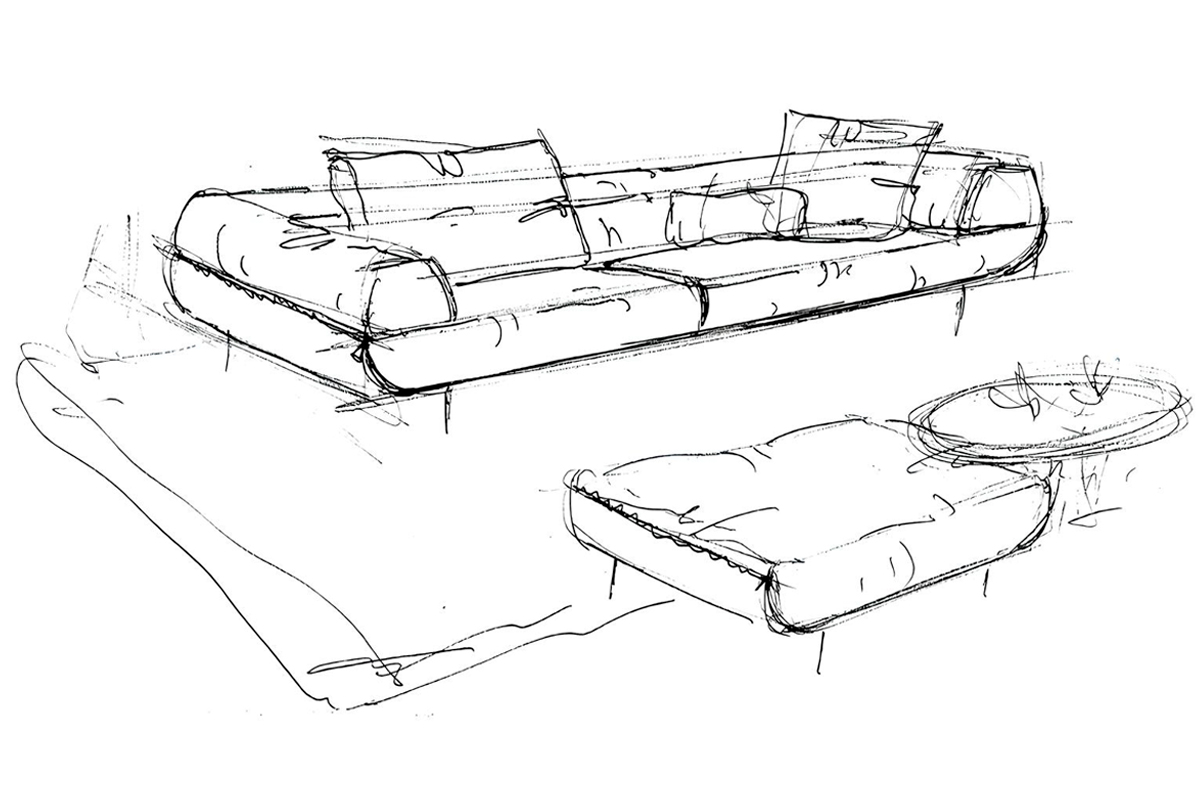
Che sia per una cena tra amici o per divertimento il tavolo da pranzo è sempre sinonimo di condivisione. Ogni tavolo Arketipo è un mix di design e ingegneria, combinati con sapiente equilibrio per ottenere tavoli unici.
I materiali sono selezionati e abbinati per esaltare le peculiarità di ogni pezzo. Audaci e leggeri, sontuosi e minimal, ognuno contraddistinto dal tocco abile dello stile Arketipo.
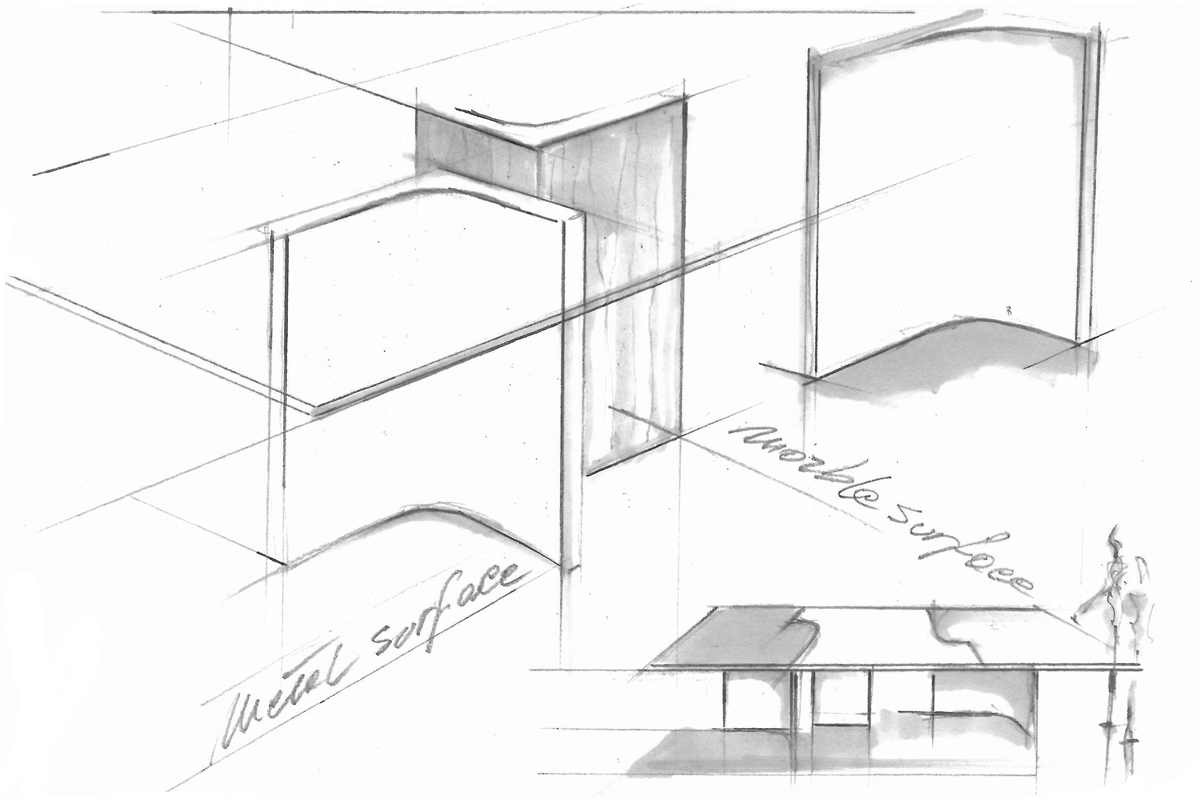
L’iconologia è alla base del design delle nostre poltrone. Ci siamo allontanati dal banale, dalle proposte monotone e scontate chiedendo ai nostri designer progetti esclusivi che riflettano la nostra attenzione ai dettagli. Poltrone dal design che cattura, adatto ad ogni spazio, ma soprattutto design con scopo e funzione.
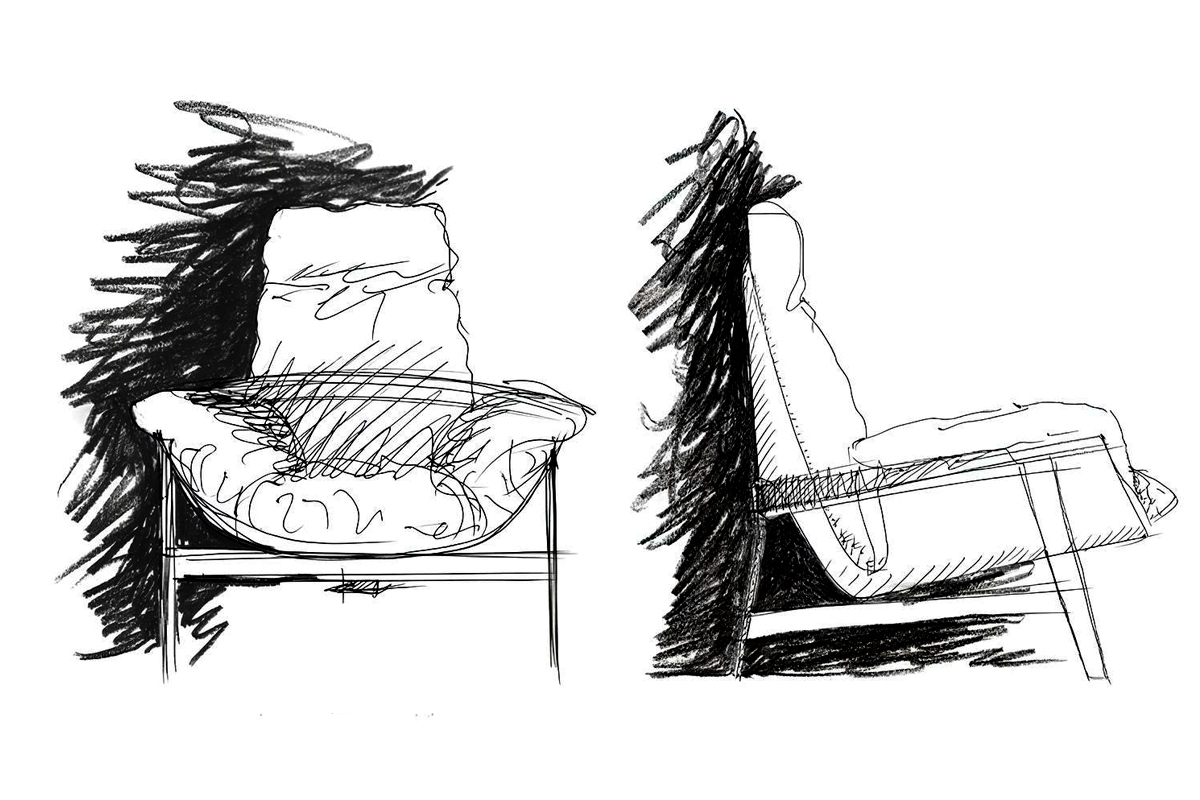
NUOVA COLLEZIONE 2024


INDOOR
Quando creiamo un nuovo prodotto o una nuova serie di prodotti, il nostro operato si manifesta in ogni minimo
dettaglio. I materiali che selezioniamo, il design finale e i colori prescelti, così come ogni altro aspetto, sono il frutto
di un processo ponderato e meticoloso.
OUTDOOR
Prendendo tutti i principi che rendono i nostri progetti così unici, la nostra lavorazione così ammirata e le nostre rifiniture così desiderate, stiamo proponendo una filosofia di vita all’aria aperta senza compromessi. Ed è proprio così che vivere all’aria aperta dovrebbe essere, senza compromessi.
PERFECTION COMPULSIVE DISORDER
Siamo orgogliosi di presentare questo progetto unico che mostra chi siamo, come trasformiamo con amore, dedizione e sana pazzia una visione in qualcosa che ha un impatto concreto nel mondo dell’abitare.
Noi lo chiamiamo Disturbo Compulsivo della Perfezione.
Un’idea Ossessiva, appunto, alla base di ogni azione come un ethos di Perfezione Compulsiva.


FEEDING YOUR IDEAS
La creatività è arte, l’immaginazione
è pratica e il design è libertà.
Si tratta di far sì che ciò che desiderate e
ciò che immaginate diventi ciò che potete creare.
Questa è la nostra Moodboard, un regalo delle nostre menti creative per voi.
SALONE DEL MOBILE MILANO 2024
Il Salone del Mobile 2024 è stato un trionfo di innovazione e creatività, siamo stati entusiasti di presentare le nostre ultime creazioni.
La nostra partecipazione a questa importante fiera del design è stata un’opportunità unica per mostrare il nostro impegno per l’eccellenza artigianale e l’innovazione.






